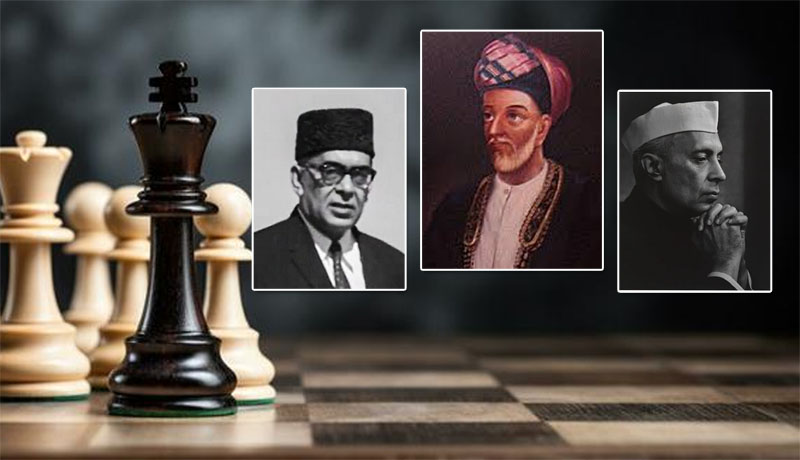India once dismissed Gwadar as barren land, but Pakistan transformed it into a crown jewel of geopolitical strategy. This powerful story combines a missed Indian opportunity with Pakistan’s diplomatic masterstroke, reshaping South Asia’s strategic balance.
As a result, the region’s power dynamics shifted—and global trade routes still reflect those consequences today.
So, what exactly did India lose? And how did Pakistan seize the moment? The answers may challenge your understanding of one of modern history’s boldest strategic what-ifs.
Gwadar once stood as a quiet Omani coastal enclave, largely ignored on the regional map.
Then, Pakistan envisioned its potential and took action, turning it into a strategic and economic linchpin.
Consequently, Gwadar rose from obscurity to prominence, anchored in Pakistan’s foresight and relentless pursuit of opportunity.
Meanwhile, India’s rejection of the port marked a glaring strategic miss with long-lasting regional consequences.
Today, Gwadar reflects Pakistan’s bold vision and India’s missed chance that altered South Asia’s geopolitical map.
From Exile to Enclave: Oman’s Colonial Footprint
In 1784, Sultan bin Ahmad Al Bu Sa’id of Oman, fleeing internal unrest, took refuge in the Makran coast. The Khan of Kalat, Mir Nasir Khan I, granted him control of Gwadar as a temporary jagir (land grant). When the Sultan later ascended to the throne of Muscat in 1797, he retained Gwadar, effectively integrating it as an Omani-administered enclave.
Throughout the 19th century, British colonial authorities recognized Oman’s hold over Gwadar. A British telegraph office and steamer port were established, reinforcing the town’s role in imperial communication routes across the Indian Ocean.
A Strategic Port Offered and Declined
In the early 1950s, amid mounting financial difficulties, the Sultanate of Oman quietly offered to sell Gwadar. According to multiple historical sources, the first offer was made to India. However, Prime Minister Jawaharlal Nehru’s administration declined the proposal, reportedly viewing Gwadar as a remote and strategically insignificant location.
This miscalculation would later become one of the most scrutinized geopolitical decisions in India’s modern history. By underestimating the port’s long-term potential, India forfeited an opportunity to control a strategic chokepoint near the Persian Gulf—a region now central to global trade and energy routes.

Pakistan Seizes the Moment
While India passed on the offer, Pakistan recognized Gwadar’s immense strategic value. Formal negotiations between Pakistan and Oman began in 1954 with British mediation. Despite initial hurdles over pricing and terms, an agreement was finally reached.
On September 8, 1958, Pakistan purchased Gwadar for £3 million. Notably, a substantial portion of the payment was contributed by Aga Khan IV, reflecting national and diaspora support for the acquisition. Prime Minister Feroz Khan Noon took personal interest in the deal, announcing it as a milestone in Pakistan’s strategic consolidation.
Integration and Acceptance
The formal handover occurred on December 8, 1958. The Pakistan Navy assumed control, and the territory was gradually integrated into Balochistan. Local Baloch communities embraced the transition, given their ethnic, linguistic, and cultural ties with the wider region.
From Isolation to Influence
What India dismissed as an isolated fishing village, Pakistan transformed into a hub of international trade and logistics. Today, Gwadar is central to the China-Pakistan Economic Corridor (CPEC), featuring key infrastructure such as Gwadar Port, the Gwadar Free Zone, and the New Gwadar International Airport.
These developments are not only reshaping Pakistan’s economy but are also turning Gwadar into a critical node in global shipping networks, linking Central Asia, the Middle East, and China.
A Lesson in Strategic Vision
Gwadar’s evolution from a forgotten enclave to a strategic powerhouse underlines Pakistan’s diplomatic acumen and long-term vision. Conversely, India’s decision to pass on Gwadar is now seen by many historians and policy analysts as a profound strategic blunder.
Had India acquired Gwadar, it could have significantly bolstered its presence near the Strait of Hormuz—through which a substantial portion of the world’s oil supply passes. Instead, the port now strengthens Pakistan’s regional influence and aligns it closely with China’s Belt and Road Initiative.
Gwadar is no longer just a port; it is a symbol of how foresight, timing, and geopolitical strategy can change the destiny of nations.
References
- Nicolini, Beatrice. “Muscat and Gwadar: Connections Between Seaboard Communities During the XIX Century.” Academia.edu.
- Ali, Tariq. The Duel: Pakistan on the Flight Path of American Power. Scribner, 2008.


Comments are closed.